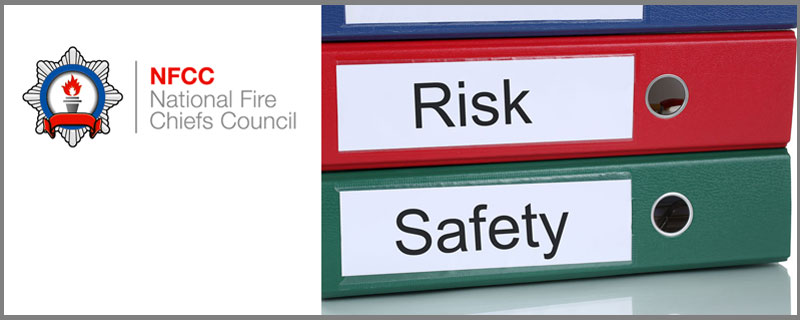National Fire Chiefs Council (NFCC) have released a Position Statement on Modern Methods of Construction (MMC). The ambition to build homes quickly and sustainably, should not be prioritised at the expense of building safety. Today the NFCC is calling on the Government for tightened rules for the testing of MMC.
Gavin Tomlinson, NFCC Protection and Business Safety Scrutiny Committee Chair said:
“NFCC is concerned that MMC buildings are being designed, approved and built despite a lack of understanding about their performance. Given the current regulatory system has already been described and accepted by Government as ‘not fit for purpose’ even for traditional construction techniques, this adds additional uncertainty in the built environment.”
We’re concerned that MMC buildings are being designed, approved and built despite a lack of understanding about their performance
Gavin Tomlinson, Chair, NFCC Protection and Business Safety Scrutiny Committee
NFCC welcome the current reform of building safety, however, significant cultural change in the system must take place to improve competency levels across the sector and ensure that MMC is promoted and used in a manner which provides safe buildings for all. We believe that building ‘better’ means buildings that are safer for residents from the risk of fire, and for firefighters who respond when a fire does break out.
The construction sector is a strategically significant part of the UK economy. The sector has been struggling to meet growing residential demand, with supply and demand imbalances contributing to unaffordability, tenure shortages and homelessness. NFCC understands that the Government is very supportive of MMC and see MMC as central to the delivery of ambitious housing targets and the Affordable Homes Programme.
Across Government and the built environment NFCC cannot just speak for ease and speed. The safety of residents and safety of operational crews in fighting fires in these buildings is vital, as well as the need to prevent problems arising before remediation of them is needed, usually at greater cost.
Mark Hardingham, Chair of the NFCC added:
“It is vitally important to make sure that products and technologies are safe for use, including their likely performance in a fire, before they are used in the built environment. Not only is this important for safety but it also helps to protect leaseholders from unnecessary costs that can arise when buildings need remediation, or interim measures, including things like waking watches.”
NFCC support reducing the environmental impact of construction wherever possible, and recognise the role that MMC can play in achieving this. However, this must not be at the expense of safety.
Ben Brook, NFCC lead on Climate Change added:
“We are understandably seeing a focus on sustainable building approaches and materials, including the use of timber and living walls. While these may present useful solutions to help reduce the carbon footprint of buildings, they should also be supported by evidence and testing to demonstrate their long-term suitability and safety to provide reassurance for the lifetime of the building.”
The MMC position launched today, asks for a range of measures to ensure that new construction products and technologies do not contribute to the risk of fire and that there should not be a conflict between sustainability, improved building standards and fire safety.





Leave a Reply
Want to join the discussion?Feel free to contribute!